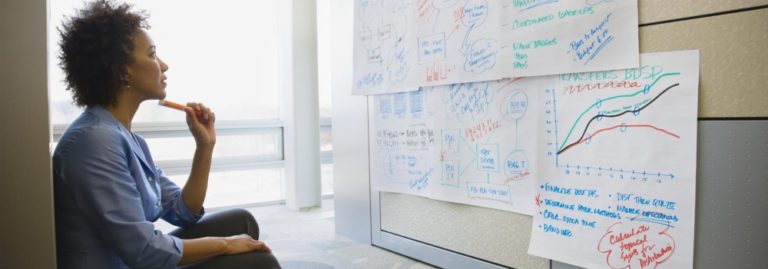At South by Southwest Edu, Xerox scientists are helping educators envision the classroom of the future.
By Manish Gupta, Xerox vice president and director of Xerox Research Centre India.
For a research scientist, finding the right problem to solve is almost as challenging as solving problems. I left the Xerox-hosted innovation “Playground” at South by Southwest (SXSW) last week believing our scientists really are on to something when it comes to envisioning the classroom of the future.

SXSW, the popular festivals and conferences that take place every spring in Austin, Texas, opened this year with a focus on education (SXSWedu). It was a chance for education and technology to meet face to face. (Literally!) Educators were openly passionate about the future of teaching, and learning as they mingled with innovators from business and science.
A high point was watching how teachers, principals and education experts latched on to Xerox (“hey, we didn’t know you worked in education”) and our innovation approach. Rather than leading with technology, our researchers start out by understanding how things are done in the classroom. This may seem like an obvious way to solve a problem, but it doesn’t always happen that way in the real world. Xerox research reaches beyond focus groups. Our ethnographers (social scientists who study how people live and work) are working in classrooms today to observe the natural workflow of a classroom. We also have deep expertise and experience with complex processes. We know how to improve and simplify how work gets done. The combination helps us make innovation more human-centric rather than technology driven. The educators I spoke to at SXSWedu agreed that the human-centric approach is particularly important when it comes to learning.
And it wasn’t all talk. We brought a collection of cool inventions to the Playground. Principals and teachers got to “test drive” some of our innovations in healthcare, social media and HR analytics from our research centers in Webster, New York, and Europe, learning how innovation in one sector can be applied to another. We also demonstrated the Xerox Ignite™ Educator Support System, which collects, manages and analyzes data from student assessments in a way that’s simple and practical for educators.
In my talk, I also pointed to some of the work our research center in India is doing on massive open online courses (MOOCs), exploring how tapping into these tools could advance personalized learning models. Looking around, I felt our approach to the classroom of the future is pretty strong. We’ve identified important, relevant problems to solve, and we’ve discovered a way to work alongside educators to bridge the gap between what educators need and what technology has to offer.



